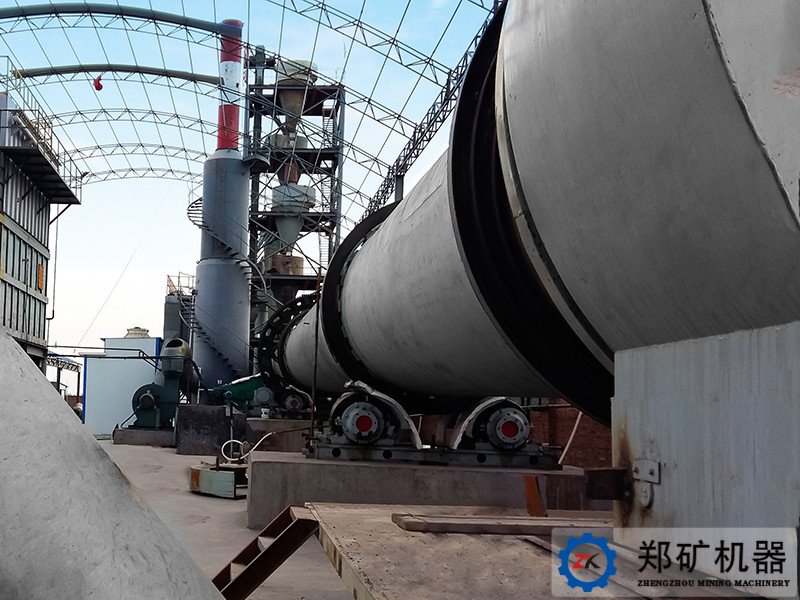- +8618937185591
- +8618937185591
- ec19@zkcorp.com
- +8618937185591

The main purpose of kaolin calcination:
(1) Removal of organic carbon and other impurity minerals to improve whiteness; (2) Removal of water content and hydroxyl groups in kaolin to increase the void volume and chemical reactivity of calcined products, improve physical and chemical properties, and satisfy various Application requirements, and lay the foundation for further development of new application areas.
The main factors affecting the calcination of kaolin are: feed particle size, calcination temperature, atmosphere, time and process equipment.
1. Feeding granularity
The debate about the particle size of kaolin entering the kiln has a long history, mainly related to the process of using calcination before peeling or peeling and then calcining.
2. Calcining temperature
Due to different calcination temperatures, different chemical reactions and crystal structure conversion, calcined kaolin has different physical and chemical properties and applicable fields.
3. Calcining atmosphere
The calcination atmosphere mainly refers to maintaining an oxidizing or reducing atmosphere in the furnace.
